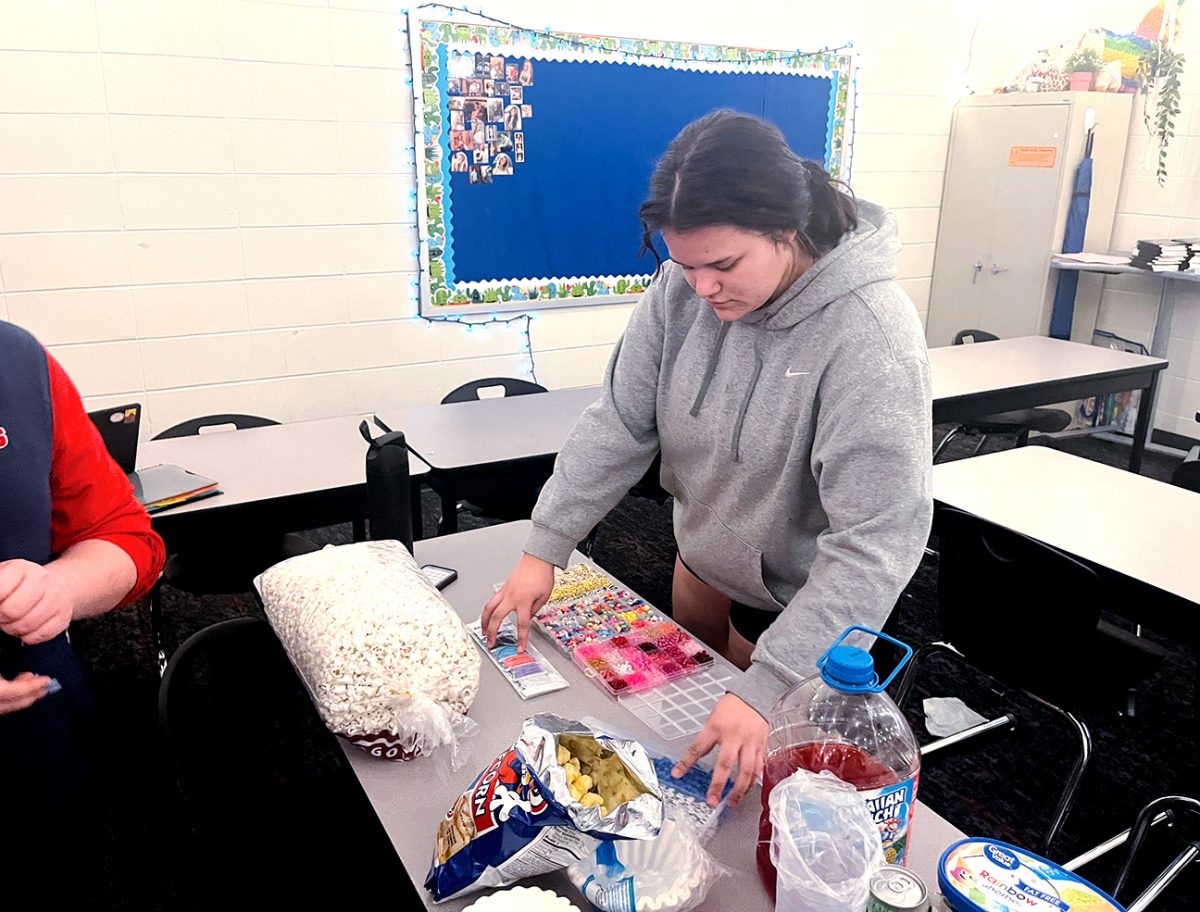
Nicki Kreutzian Business Manager
Every high school senior who plans on going to college should have October 1st circled on their calendar. Today, the FAFSA opens for anyone attending college in the 2019-2020 school year. “I encourage all students to complete the FAFSA, even if you don’t think you’ll get financial aid. Family circumstances can always change, but universities can only work if you have a FAFSA,” says Dr Munoz.
Firstly, you’ll need to create a FSA ID. Both the student and one parent will need to create and ID. You must make your own with your own information. The second piece of info you will need is your Social Security number. If you have a driver’s license, you’ll need that number too.
Now onto the finances. You’ll need to report on your 2017 income information. You can use the IRS Direct Retrieval tool, but it doesn’t supply everything you need, so make sure your have your 2017 tax return and the IRS W-2. You’ll also need records of any untaxed income, like child support or interest income, and records of any savings and checkings, stocks, bonds, and real estate as they are valued now. Make sure you check the website to see what can or cannot be excluded.
Finally, you should have a list of all the schools you might attend, even if you haven’t applied or been accepted. You can list up to 10 at any given time. For more information, look on fafsa.gov to clear up any misconceptions. The counseling office and websites have all of the information you need in order to make sure your FAFSA is sent correctly. As her parting words of wisdom, Dr Munoz tells students to, “Make sure you keep checking your college accounts after you send the FAFSA, as up to one-third of students can be asked to verify their information.” Now’s the time to get started for college. Go get your money!







